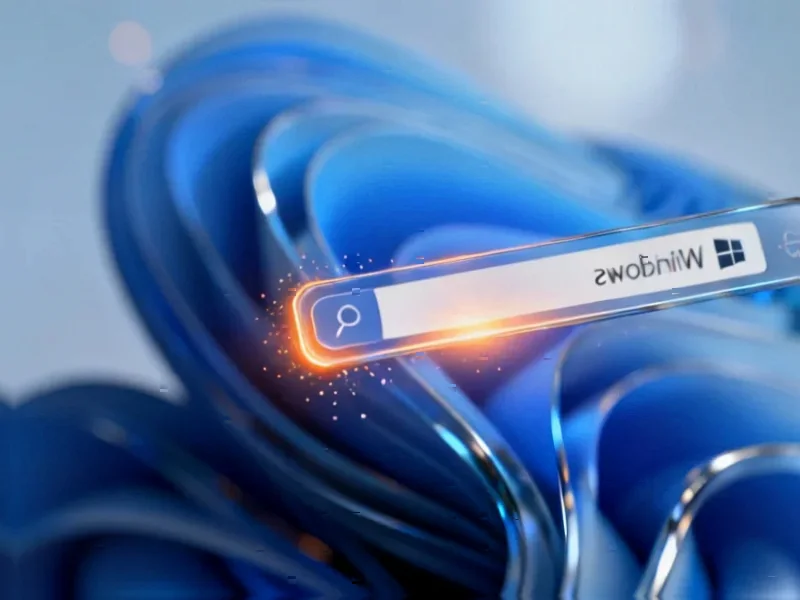Twenty-four years after its debut, Windows XP continues to cast a surprisingly long shadow over modern computing. What began as a bug-ridden release that many tech pundits initially dismissed has evolved into arguably Microsoft’s most influential operating system—a testament to how software quality isn’t always apparent at launch but emerges through iteration and user adoption. As someone who’s covered Microsoft’s rollercoaster journey through the 2000s, I’ve watched XP transform from problematic newcomer to beloved institution, ultimately becoming the yardstick against which all subsequent Windows releases are measured.
Table of Contents
The Compatibility Miracle That Modern Windows Can’t Match
What’s truly remarkable about Windows XP’s legacy isn’t just its longevity but its unprecedented backward compatibility—a feature that modern Windows versions struggle to maintain with the same grace. According to analysis of XP’s architecture, the operating system could run software designed for Windows 95 with surprisingly few issues, and with some tweaking, even applications from the DOS-based Windows 3.1 era. This wasn’t just technical excellence—it was business brilliance. Microsoft understood that forcing users to abandon their existing software investments would drive them to competitors.
Today, that compatibility philosophy feels almost revolutionary. Modern Windows 11 can’t even run some Windows 10 applications without compatibility modes, and the transition to ARM architecture presents new compatibility hurdles. XP achieved something that’s become increasingly rare in today’s rapidly evolving tech landscape: it respected users’ existing investments while moving the platform forward. The fact that some 32-bit Windows 10 applications still run on a 24-year-old operating system speaks volumes about Microsoft’s engineering priorities during that era—priorities that have noticeably shifted in the cloud-first, mobile-first world of Satya Nadella’s Microsoft.
Design Language That Defined a Generation
Windows XP’s Luna interface wasn’t just a visual refresh—it was a statement of intent. Coming from the austere, business-like grays of Windows 2000 and the chaotic instability of Windows ME, XP’s cheerful blues and greens signaled that computing was becoming more personal, more accessible, and frankly, more fun. The introduction of transparency effects and visual depth made users feel like they were interacting with tangible objects rather than abstract representations—a psychological shift that Apple would later perfect with OS X.
What’s often overlooked in discussions of XP’s design is how it balanced innovation with familiarity. The Start Menu redesign was radical enough to feel fresh but conservative enough that users didn’t get lost. Compare that to Windows 8’s jarring Metro interface or Windows 11’s controversial Start Menu changes, and you begin to appreciate XP’s design wisdom. The operating system understood that evolution, not revolution, was the key to user acceptance—a lesson Microsoft has repeatedly forgotten and rediscovered over the past two decades.
The Bold Experiments That Predated Their Time
Windows XP’s various specialized editions represented Microsoft at its most ambitious—and its most prescient. The 64-bit version, while niche at the time, laid groundwork for the industry’s eventual transition away from 32-bit computing. Being able to support up to 128GB of RAM in 2001 was almost science fiction territory—most users were thrilled with 256MB. Meanwhile, Windows XP Media Center Edition anticipated the streaming revolution by nearly a decade, offering a living-room computing experience that wouldn’t become mainstream until services like Netflix and Plex dominated home entertainment.
Most strikingly, Windows XP Tablet PC Edition demonstrated that Microsoft understood the potential of touch computing years before the iPad revolutionized the category. The failure wasn’t conceptual but technological—the hardware simply couldn’t deliver the seamless experience users demanded. As Wikipedia’s comprehensive XP history notes, these specialized versions showed a company thinking several moves ahead, even if the market wasn’t ready to follow.
The Redemption Arc Modern Tech Companies Can’t Replicate
Perhaps the most instructive part of the Windows XP story is its transformation from problematic release to rock-solid workhorse. Initial reviews highlighted stability issues and compatibility problems that would be career-ending for software today. But Microsoft stuck with it, delivering Service Packs that systematically addressed criticisms and gradually built one of the most stable computing platforms ever released.
This redemption arc feels almost impossible in today’s tech environment. Modern software development cycles are so compressed, and user patience so thin, that products rarely get the years of refinement XP enjoyed. The “release now, fix later” mentality of many contemporary software companies stands in stark contrast to Microsoft’s methodical approach to making XP truly great. The company’s willingness to invest years in post-launch improvement created something remarkable: user trust. That trust, once earned, kept businesses and consumers loyal through the rocky Vista era and beyond.
XP’s Enduring Lessons for Today’s Software Developers
As we reflect on Windows XP’s legacy, several principles emerge that remain relevant for today’s software developers. First, backward compatibility isn’t just a technical feature—it’s a respect for users’ time and investment. Second, visual design should serve usability, not just aesthetics. Third, specialized use cases deserve attention, even if they’re not immediately profitable. And finally, software is a journey, not a destination—the willingness to improve products over years, not just months, separates good platforms from great ones.
In an era where many users resist upgrading to Windows 11 and some even seek out Windows XP emulators for specific tasks, it’s clear that the values XP embodied—stability, compatibility, and user-centric design—remain as important as ever. The operating system’s 24th birthday isn’t just nostalgia; it’s a reminder of what made Microsoft great during its peak influence years, and what the industry might have lost in the rush toward constant, disruptive innovation.
Windows XP proved that software could be both revolutionary and reliable, both innovative and familiar. As we navigate an increasingly fragmented computing landscape of cloud services, mobile apps, and AI assistants, the ghost of XP reminds us that sometimes the most forward-thinking approach is to build something that just works—and keeps working for decades.
Related Articles You May Find Interesting
- The Motherboard Trap: How Your PC’s Foundation Can Derail Future Upgrades
- Advanced DNA Sequencing Solves Mysterious Eye Infection Cases
- Microsoft Adds Voice Typing Delay Controls to Copilot+ PCs in Latest Windows 11 Preview
- BlaBlaCar’s India Comeback Makes It Company’s Largest Market
- The Teen Job Apocalypse: How Automation Is Devouring Entry-Level Work



